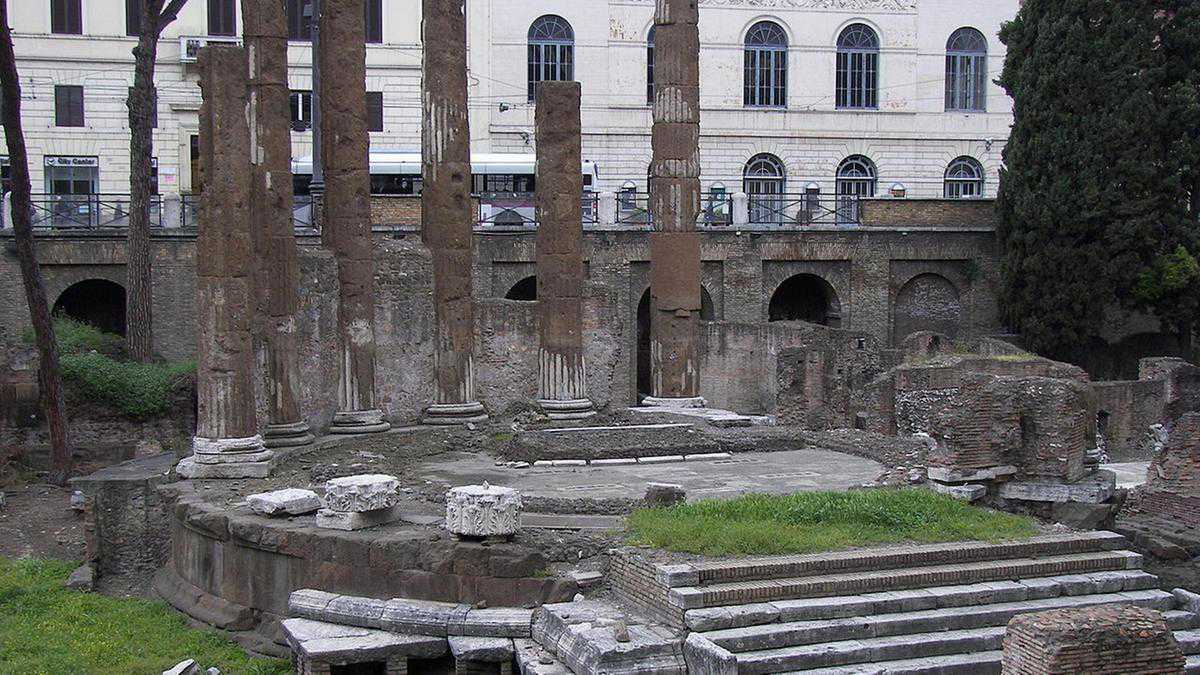Ancient Roman site where Caesar was assassinated will open to tourists
26 February, 2019

As the trend of dark tourism continues to grow, the mayor of Italy’s most-visited city has announced plans to renovate an ancient structure believed to be the site of one of history’s most famous deaths.
The Largo di Torre Argentina, reportedly the spot where famed politician and general Julius Caesar was killed in 44BC, will undergo reconstruction and open to tourists by the second half of 2021. The project is being led by Italian fashion house Bulgari, a brand that has a long love affair with the city of Rome. The maison is set to spend around Dh3.5 million on the project, which will see the oldest open-air spot in Rome open to the public.
Until now, the site of the assassination has been home to the crumbling ruins of ancient temples and a local colony of cats. The project will introduce signposted walkways, a museum, elevator access and night-time lighting to the site. Restoration work will take place around the stray cats, with renovations being kept to a minimum in temple D, where the colony lives.
What happened in history?
In 44BC, the main Senate House in Rome was being rebuilt on the orders of the city’s most powerful man, Julius Caesar. Instead, officials gathered for a Senate meeting at the Curia, behind the gardens attached to the great Theatre of Pompey. When Caesar sat in his golden throne, a group of senators approached him and began attacking him with weapons. Caesar was stabbed more than 20 times, according to historical reports.
The renovation of such an important historical site will no doubt add to Rome’s tourism appeal. According to Euromonitor International’s most recent statistics, the city is already the sixth most-visited city in the world, attracting 9.7 million visitors per year.
The project isn’t the first time that Bulgari has financed renovation in the city. In 2016, as a gift to the Italian capital on the brand’s 130th anniversary, the maison spent over Dh4 million restoring the Spanish Steps, one of Rome’s most frequented landmarks.
TAG(s):
